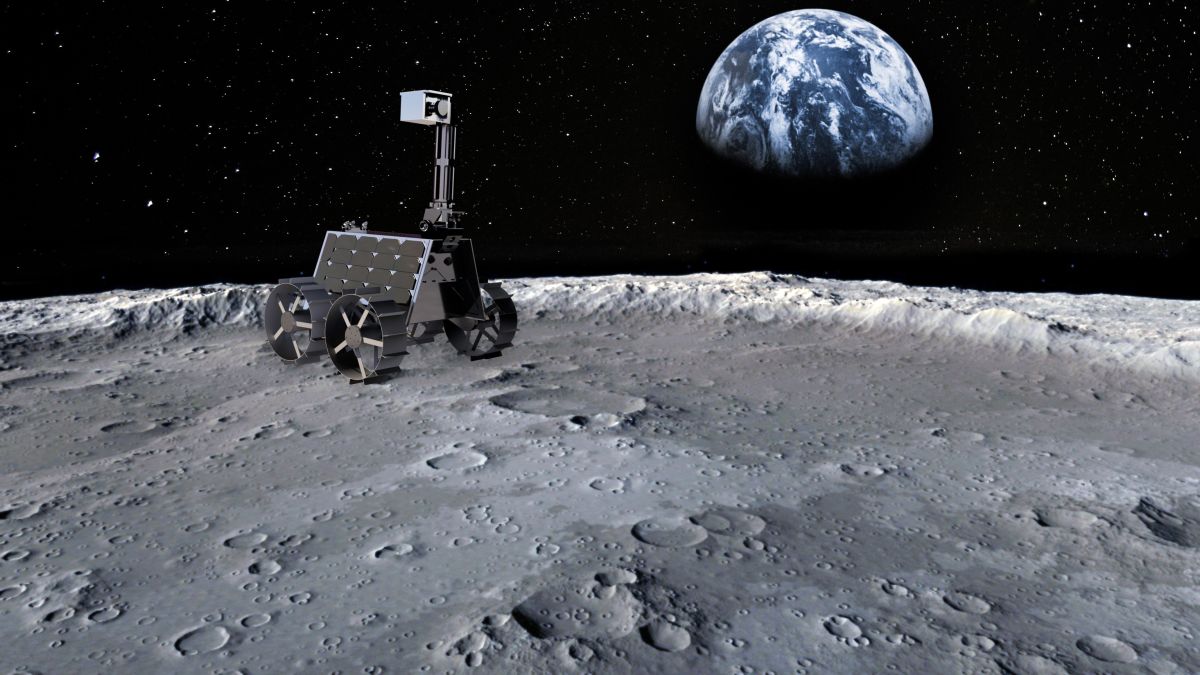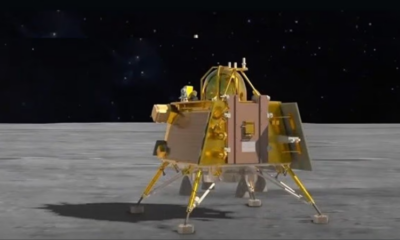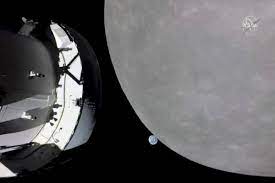There is mounting evidence that Mars was once wet and sloshy, covered in lakes and oceans that lapped at shorelines and left behind sediments that are currently being examined by robots rolling across the now-dusty and dry surface.
There was water. We are certain that it was. It’s a little more difficult to piece together where it went, when it happened, and how. There was liquid water on Mars less than a billion years ago, according to a meteorite that was blasted from the planet 11 million years ago and then traveled to Earth. This is a significant clue, though.
A recent study of the Lafayette Meteorite has revealed that minerals in it were produced 742 million years ago when water was present. It indicates that Mars may occasionally still be somewhat damp and represents a significant advancement in the dating of water minerals on the planet.
“Dating these minerals can therefore tell us when there was liquid water at or near the surface of Mars in the planet’s geologic past,” explains Marissa Tremblay, a geochemist from Purdue University in the United States.
“We dated these minerals in the Martian meteorite Lafayette and found that they formed 742 million years ago. We do not think there was abundant liquid water on the surface of Mars at this time. Instead, we think the water came from the melting of nearby subsurface ice called permafrost, and that the permafrost melting was caused by magmatic activity that still occurs periodically on Mars to the present day.”
Among the materials under concern is iddingsite, a kind of rock that is created when volcanic basalt is exposed to liquid water. Iddingsite, which is found in the Lafayette Meteorite, coincidentally has argon inclusions in it.
Although it can be a little challenging, dating minerals has become considerably easier as technology has advanced. For argon isotopes, a method known as radiometric dating can be applied to get an exact record of the element’s formation time. Although potassium decays radioactively to produce argon, a single sample of the isotope argon-40 can nevertheless be dated in the absence of potassium.
This is because the amount of potassium that was previously there determines how much of the lighter isotope argon-39 is produced when argon-40 is bombarded in a nuclear reactor. Because potassium decays at a predictable pace, scientists can determine how long it has been since the rock formed by using the argon-39 that is created as a stand-in for potassium.
To determine how long it had been since water and rock had combined to form iddingsite, the researchers applied this method to a tiny sample of the Lafayette meteorite.
Rocks can potentially be altered by being expelled from Mars after an impact event, speeding through the Solar System, and then colliding with Earth through its atmosphere while being heated throughout the descent. The temperature variations that the meteorite encountered during its lengthy voyage were modeled and taken into consideration by the researchers, who were also able to ascertain whether or not they would have affected the sample’s apparent age.
“The [estimated] age could have been affected by the impact that ejected the Lafayette Meteorite from Mars, the heating Lafayette experienced during the 11 million years it was floating out in space, or the heating Lafayette experienced when it fell to Earth and burned up a little bit in Earth’s atmosphere,” Tremblay explains.
“But we were able to demonstrate that none of these things affected the age of aqueous alteration in Lafayette.”
New limitations on the known date of wetness on Mars are imposed by the findings. The study also discovered that the new date aligns with a time when Mars’s volcanic activity is at its highest. Though recent measurements by the Mars InSight lander have shown that there is a lot more going on inside the planet than its naive appearance suggests, such activity seems considerably quieter currently.
However, the findings are not limited to how we perceive Mars. The team’s methods could help us better grasp the Solar System and the long-standing, contentious issue of how Earth obtained its water billions of years ago.
“We have demonstrated a robust way to date alteration minerals in meteorites that can be applied to other meteorites and planetary bodies to understand when liquid water might have been present,” explains Tremblay.

 Business4 weeks ago
Business4 weeks ago
 Health4 weeks ago
Health4 weeks ago
 Technology4 weeks ago
Technology4 weeks ago
 Sports4 weeks ago
Sports4 weeks ago
 Science4 weeks ago
Science4 weeks ago
 Business2 weeks ago
Business2 weeks ago
 Science2 weeks ago
Science2 weeks ago
 Science2 weeks ago
Science2 weeks ago















